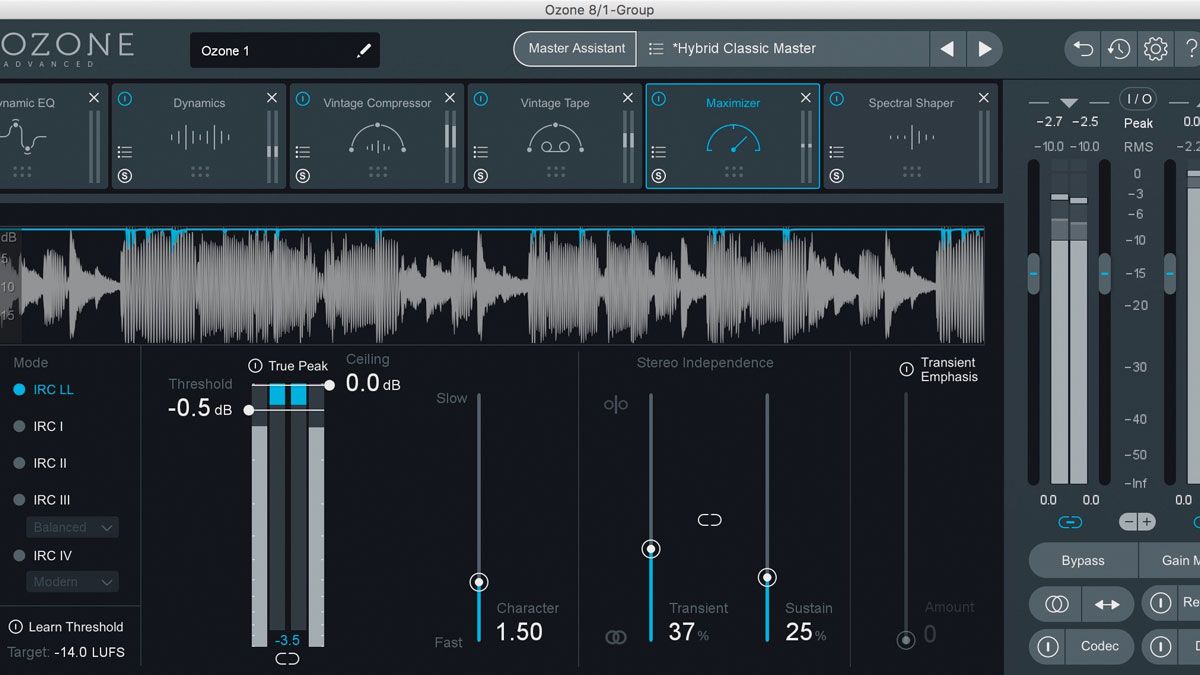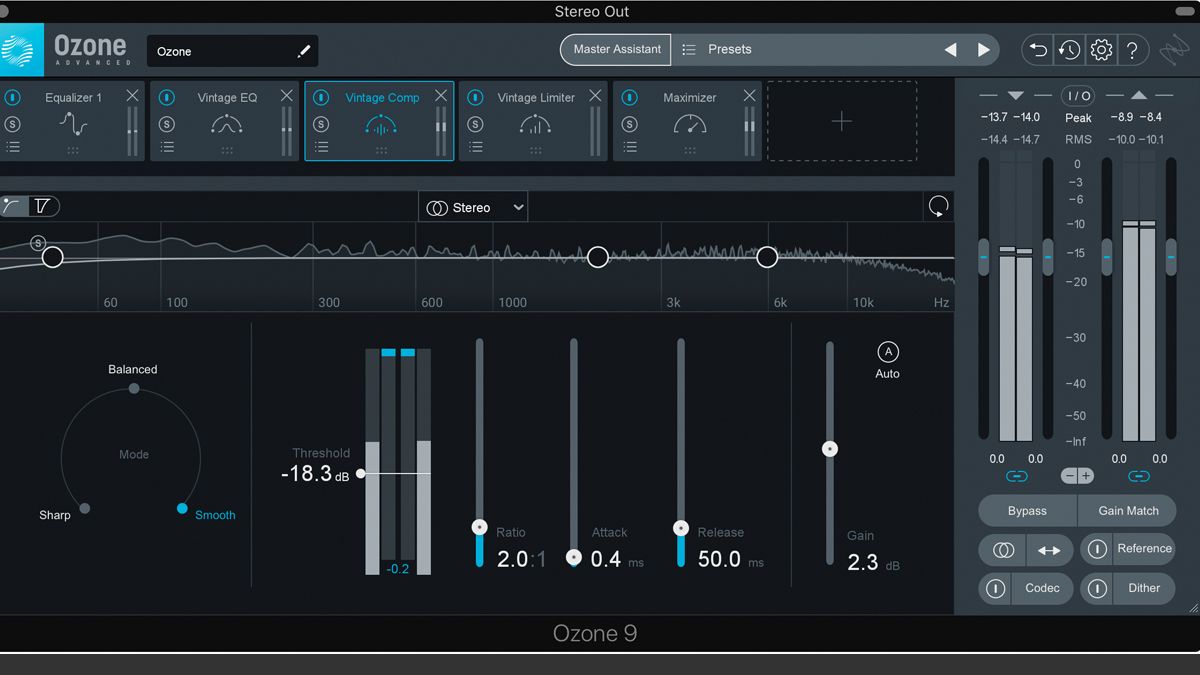
It begins by asking you what your finished mix target is: Streaming? CD? Or reference? Then, you play the loudest part of your mix and it begins its analysis. Then it suggests signal chains and processor settings that make the most sense for your end goal.

Master Assistant analyzes your mix and, through its algorithms, creates a sonic profile. Version 8 contains an exciting new feature called Master Assistant, which can provide you with a great starting point for mastering. I happen to think that once you get the hang of how it works, it’s a fantastic mastering tool, which is why it has been at the center of my master bus chain for the last six years. That being said, most of my time with Ozone has been spent using it as a mastering plug-in. The different modules can all be used on individual tracks in “a la carte” fashion (in Advanced version only). Something to keep in mind with Ozone (that I feel is often overlooked) is that it is not just for mastering. The manufacturer has a nice comparison chart on its website (that will give you an idea of each version’s features. Ozone 8 comes in three different versions: Elements, Standard and Advanced.

But that’s often the case with iZotope, a Cambridge, Mass.-based audio-technology company that’s brought several unique products to the studio – like the Stutter Edit effect, RX audio-restoration suite, and Neutron mixing plug-in suite.Īs I have reviewed iZotope’s Ozone 5, 6 and 7 versions, I am not going to focus on Ozone’s overall layout and basic functionality in this review, but rather highlight new features. With the release of Ozone 8 mastering suite, iZotope has introduced some new features that to raise the bar for mastering and tonal shaping plug-ins.


 0 kommentar(er)
0 kommentar(er)
